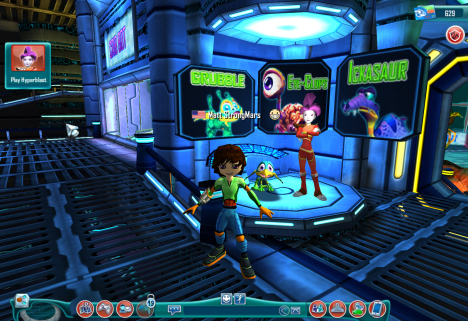In 1975, fossilized canine remains were found in the Altai Mountains of Siberia. Although these fossils were discovered many years ago, recent research through DNA examination of one of the fossilized teeth has revealed that this canine is perhaps the ancestor of the modern-day domesticated dog. Millions of people around the world care for dogs as their pets, but have you ever given any thought to where these dogs originated from?
The advent of ancient agricultural practices are most likely what catalyzed the domestication of various animals, but scientists hypothesize that humans began domesticating dogs before developments in agriculture. To clarify, to “domesticate” an animal is to “tame” it — in other words, domesticating an animal will help humans keep one as a pet or farm animal.
Sequences of DNA were studied in this new research in order to compare the Siberian fossil to modern-day dogs and wolves. A relationship between dogs and wolves has always existed, but scientists have yet to determine when dogs started to become differentiated from the wolf species.
The fossil was named the “Altai dog” because it was discovered in Siberia’s Altai Mountains. Moreover, researchers have noticed that the Altai dog is more similar to prehistoric dog species found on the American continents than it is to wolves.
These interesting findings only represent the beginning of some of the major discoveries to come. With scientific work at its height in this modern age, the world will continue to learn more about itself and its inhabitants. Is your child interested in science? Perhaps they also enjoy doing various math activities when they are at home. Encourage your children to exercise their scientific and mathematical minds every day.
Filed under: Current Events, Just for Fun, Learning Tips, Newsletter, Parents and Kids, Science Facts, What's New | Tagged: Altai Dog, Math Blaster, Science facts, Science News, Siberian fossil | Leave a comment »








